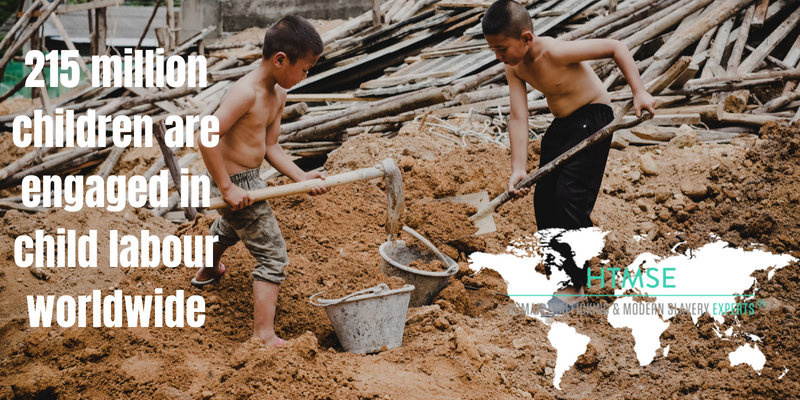12th June was the official World Day Against Child Labour. Children around the world are routinely engaged in paid and unpaid forms of work that are not harmful to them. However, they are classified as child labourers when they are either too young to work, or are involved in hazardous activities that may compromise their physical, mental, social or educational development.
The World Day Against Child Labour was first launched in 2002 by the International Labour Organization (ILO) in order to bring awareness to the global issue of child labour and the action and efforts needed to eliminate it. This year’s World Day was the first since the universal ratification of the ILO’s Convention No. 182 on the Worst Forms of Child Labour. It 2021 is also the International Year for the Elimination of Child Labour.
As part of the observances, ILO and United Nations Children’s Fund (UNICEF) have released global estimated and trends on child labour.
As the Covid-19 pandemic continues, the report reflects on how it threatens to reverse years of progress in tackling the problem of child labour and assesses how the pace of progress towards ending child labour is likely to be affected by the continuing pandemic and the economic crisis that has accompanied it.
For more on the World Day Against Child Labour, please see here, whilst you can find the ILO and UNICEF report here.
